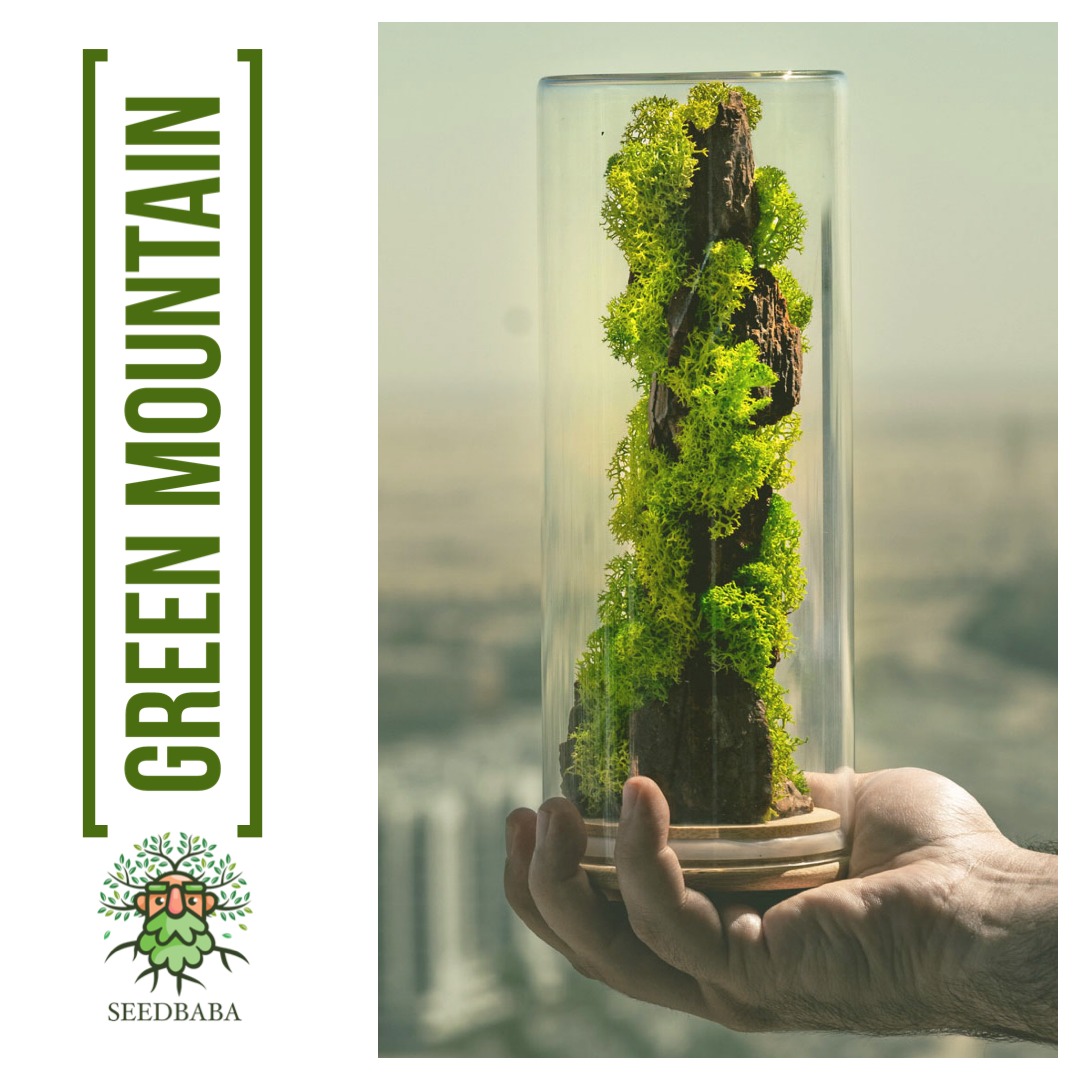Adding natural elements to interior design has been a popular trend in recent years. Greenery, in particular, has become a sought-after feature to enhance the aesthetic appeal of living spaces. However, maintaining live plants can be challenging for those who lack the time, knowledge, or green thumb. Luckily, preserved moss has emerged as an excellent alternative to live plants, providing a sustainable and versatile greenery option for interior design.
Preserved moss is a type of real moss that has been harvested and treated to maintain its vibrant green color and natural texture. The preservation process involves replacing the moisture in the moss with a food-grade glycerin solution. This solution acts as a natural preservative, eliminating the need for watering, sunlight, or any other maintenance. As a result, preserved moss remains lush and green for years, making it a sustainable and cost-effective alternative to live plants.
Preserved moss can be used in a variety of interior design applications, including wall art, accent pieces, and even flooring. Moss walls, in particular, have become increasingly popular in recent years, adding a touch of nature to commercial and residential spaces alike. These walls can be customized to any size, shape, or color, providing endless possibilities for unique and eye-catching designs.
In addition to being sustainable and versatile, preserved moss has several other benefits for interior design. Firstly, it is a natural sound absorber, helping to reduce noise levels in spaces with high foot traffic or echoes. Secondly, it improves air quality by absorbing pollutants and releasing oxygen, making it a healthy and eco-friendly addition to any space. Finally, it adds a touch of nature to interior spaces, promoting a sense of calm and relaxation that is increasingly important in today’s fast-paced world.
Preserved moss is also an excellent option for those looking to incorporate biophilic design principles into their interior spaces. Biophilic design seeks to reconnect people with nature by incorporating natural elements into the built environment. By using preserved moss, designers can create a sense of biophilia in interior spaces, providing numerous benefits for human health and well-being.
When it comes to preserved moss, there are several different types to choose from. Sheet moss is a popular option for moss walls and other large-scale projects. It has a soft, velvety texture and a rich green color that makes it an excellent choice for creating natural-looking designs. Mood moss, on the other hand, has a more whimsical appearance, with small, delicate leaves that create a dreamy, ethereal effect. Other options include reindeer moss, Spanish moss, and lichen, each with its unique texture and color.
Preserved moss can also be combined with other natural elements, such as wood, stone, or metal, to create stunning and unique designs. For example, a moss-covered coffee table or a wooden planter filled with moss can create a natural and calming focal point in any room. Additionally, preserved moss can be used to create intricate and eye-catching designs, such as moss graffiti or moss art installations.
In conclusion, preserved moss has emerged as a sustainable and versatile alternative to live plants for interior design. It offers several benefits, including natural sound absorption, improved air quality, and a touch of nature that promotes relaxation and well-being. Its versatility allows it to be used in a variety of design applications, from moss walls to accent pieces and even flooring. By incorporating preserved moss into interior spaces, designers can create unique and eye-catching designs that promote biophilic principles and offer numerous benefits for human health and the environment.













